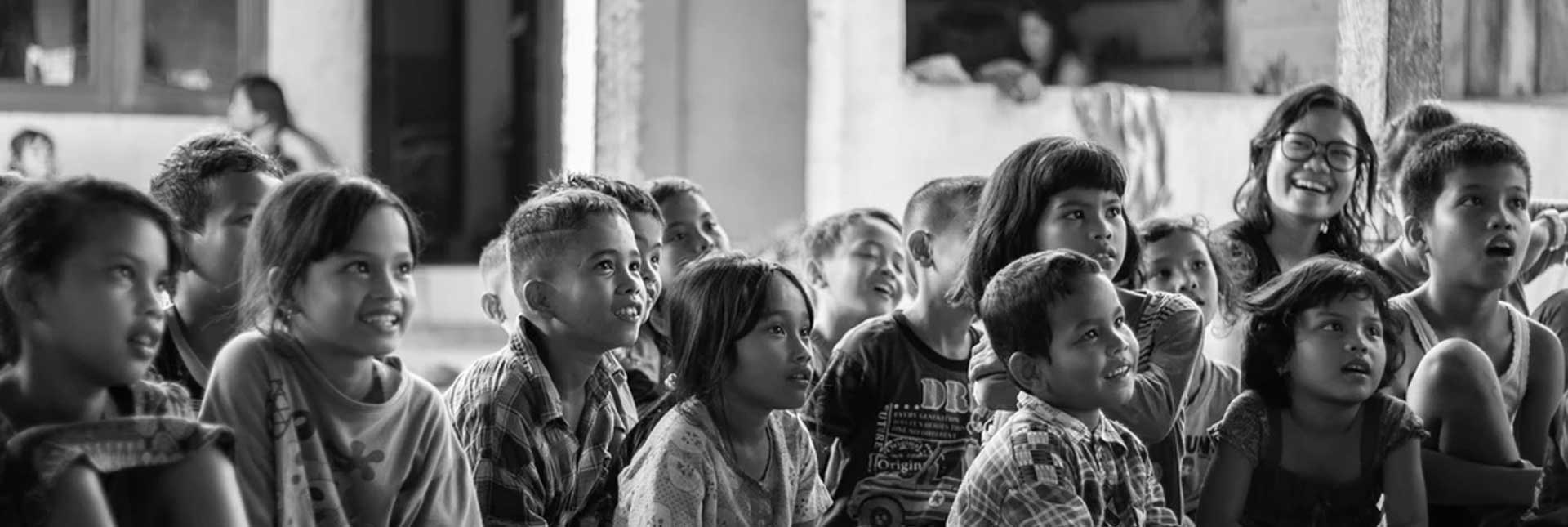
Blog Details
It’s now been 71 years of Independence. But even after seven decades of freedom, we are yet to experience it in a real sense. Free we are from the hold of British forces, but are we free from the clutches of poverty, unemployment, illiteracy?
This Independence Day, let’s vow to get past the hurdles that still hold back India from achieving freedom in its truest sense.
1. Unemployment
Job creation is not expected to accelerate in 2017 and 2018, according to the 2017 World Employment and Social Outlook report released by The United Nations International Labour Organisation (ILO).
The slump in the manufacturing sector and layoffs in the IT sector add to the sluggish job scenario. The solution to rampant unemployment lies in bridging the wide skill gap, better labour policies and creating more opportunities.
The homage to the world’s largest democracy on its Independence day will remain incomplete till its people find the means to fend for themselves.
2.Sanitation
Poor sanitation exposes more than 60,000 children to preventable diarrhoeal diseases annually. Often, women have to walk to great distance and wait until dark to defecate. This makes them susceptible to molestation and violence. Besides, the lack of toilets in public and private spaces makes maintaining menstrual hygiene a real menace – forcing girls to drop out of school early on.
Good sanitation is the foundation of a robust public health system. It is a right that should be accessible to everyone, all the time.
3. Primary Education
Seventyone years of independence and we haven’t been able to send all our children to school. Poor student-teacher ratio, crumbling infrastructure, lack of toilets have a fair role to play in keeping children away from school. Couple this with socio-economic factors such as abject poverty, access, child labour, child marriage and you know much is amiss.
Yet not much is being done to make elementary education a reality in India. Earlier in the year, the Union Budget left several educationists disappointed for inadequate attention to the primary education sector. A mere rise of 4.4% in the allocation of funds to the Sarva Shiksha Abhiyan does little in a country like ours with disproportionate demand-supply ratio. The Right to Education (RTE) Act is still overtly flouted despite entering its seventh year of implementation.
4. Women’s Safety
Are women in India free? Free to wear clothes of their choice, free to go out in the night, free to choose their partners? When cases of stalking, cyber bullying, abduction repeatedly make news, can we deny that we have failed miserably in creating a gender-just society?
Many crimes against women do not even get reported because of the social stigma attached to them. Women endure eve-teasing, sly remarks and even sexual harassment, often at the cost of their dignity.
A single working woman is seen as a menace to the society. She is frowned at, looked down upon and called names. A woman who speaks her mind, has male friends, wears clothes of her choice is ‘asking for it’. A woman who works late hours is a certified buri ladki, hugely deserving of any trouble she might face.
Freedom, then, remains a hollow notion for women even after 71 years of independence.